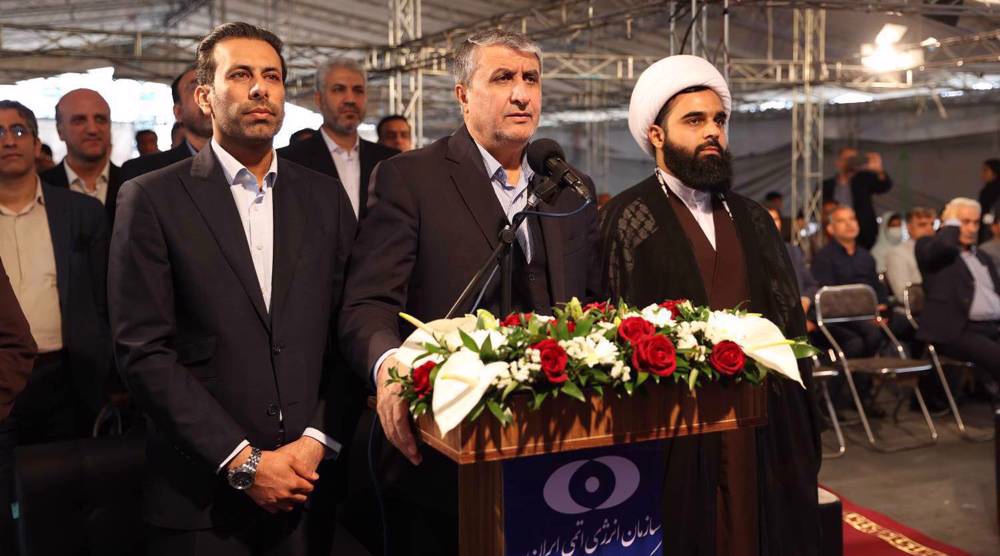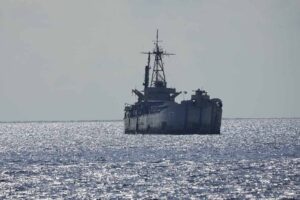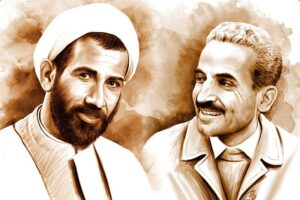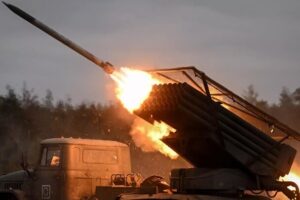The Atomic Energy Organization of Iran (AEOI) began the construction work on a new nuclear power plant in the country’s southern coastal province of Hormozgan with an investment of $15 billion.
Iranian President Ebrahim Raeisi launched the project, called “Iran-Hormoz”, through a video call on Thursday, as part of his administration’s trip to the southern province. Mohammad Eslami, the head of AEOI, and other officials attended the ceremony at the plant’s location in Sirik city.
The power plant is a “significant undertaking,” serving as a crucial infrastructure for the country’s economy and development, Raeisi said on Thursday.
Praising the efforts of skilled Iranian experts, he hoped that the project would bring prosperity to the people.
He noted the project was “much bigger” than the nuclear power plant in Bushehr, a 1,000-MW plant built by Russia and handed over in September 2013 after years of delay.
Addressing the event, Eslami said that the project is part of national plans to develop Iran’s nuclear industry in the next two decades.
He noted that the Iran-Hormoz Plant is designed to have an electricity generation capacity of 5,000 MW and will be comprised of four 1,250-MW units.
He said the major power plant is in line with the implementation of the Makran coast development plan.
“By the year 2041, we should reach the generation capacity of 20,000 megawatts of nuclear electricity in the country, and the realization of this goal has been taken into consideration in the Makran coast of Hormozgan Province,” Iran’s nuclear chief said.
“It is hoped that it will be completed as planned and coordinated, and based on scheduled timing.”
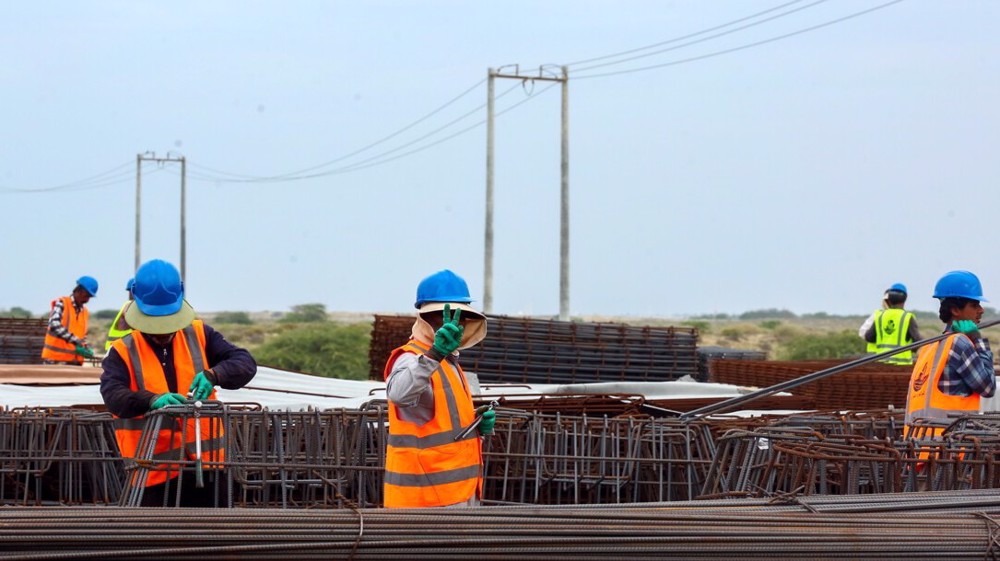
Eslami also praised the Iran-Hormoz Power Plant as a “super project” and said the nuclear power plant will be constructed with an investment of $15 billion.
Over the past years, Iran has recorded many achievements in its peaceful nuclear energy program in defiance of US sanctions as well as hurdles created by the West.
The country has also been closely cooperating with the International Atomic Energy Agency (IAEA) as a signatory to the Nuclear Non-Proliferation Treaty (NPT).
Meanwhile, Iran has also taken steps to answer its rising needs for energy by tapping renewable sources.
Late in December, Raeisi ordered the implementation of the largest plan in the West Asia region for the construction of a renewable energy power plant in the country.
The 4,000-megawatt renewable energy power plant is expected to be put into operation before summer to redress the imbalance in energy when the electricity consumption rate hits its peak
Iran’s Energy Ministry has a plan to reach a 10,900-MW increase in energy production capacity from renewable sources. There are 381 renewable energy power plants with a capacity of about 11,000 megawatts across Iran.

